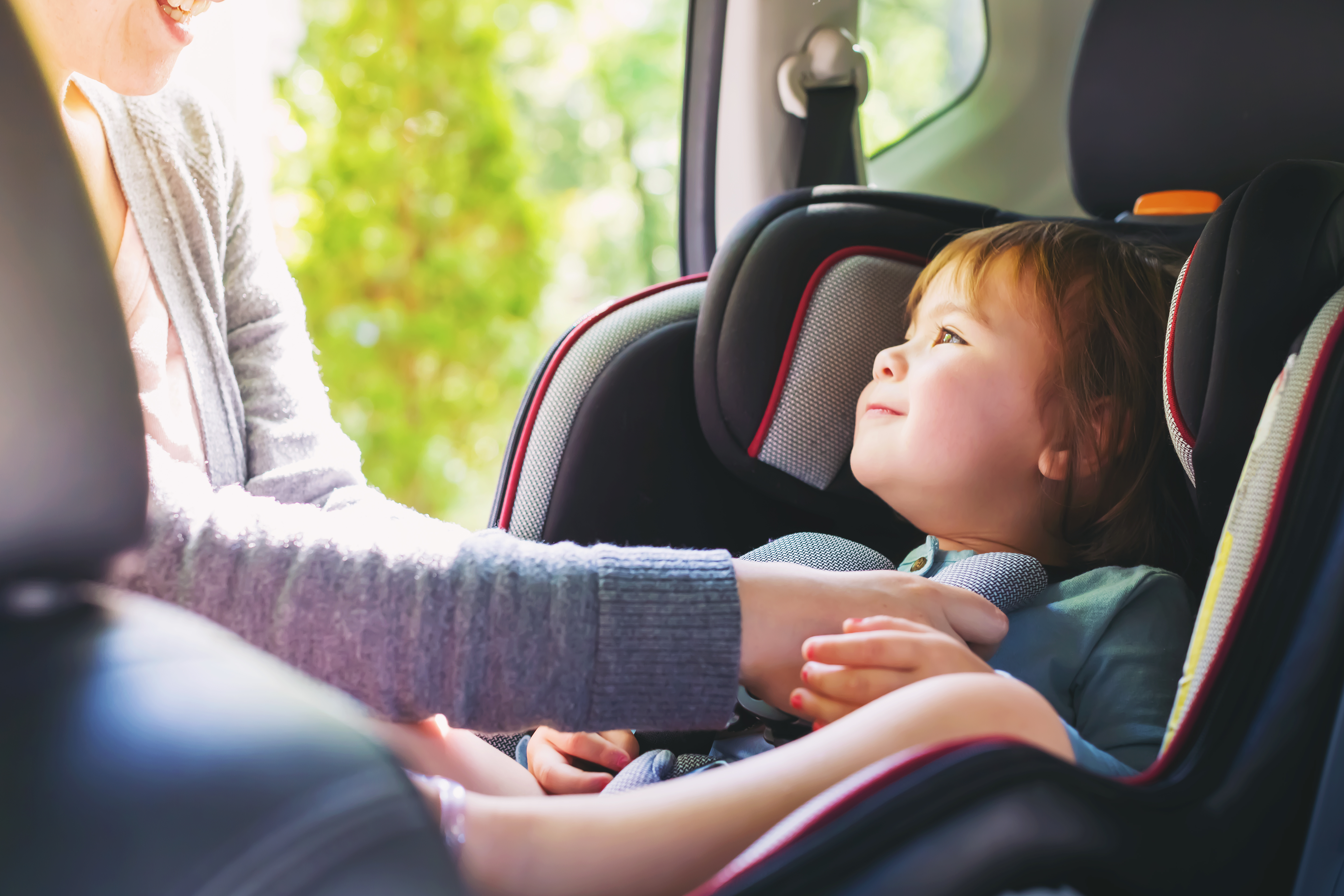Using a child car seat is a legal requirement in the UK and while they may seem like a complicated contraption, don’t let this stress you out. It could be possible that you’ve misread the instructions or that the car seat you have bought for your child isn’t compatible with your car. That’s why we’ve put together a list of common issues associated with fitting a child car seat and the solutions for them.

Seatbelts:
When travelling in a car, all children must be secured in an age-appropriate car seat until they reach 12 years of age or are 135cm tall. Infants on the other hand must remain in a rear-facing seat until they are at least 15 months old but what if the car seat belts aren’t long enough to fit around the seat?
• Try the child seat in different seating positions to test the length of the seatbelt.
• Some child seats have an alternative belt route for when the belt is too short for a normal installation.
• With a non-reclining or two-way seat you need to consider having longer seat belts that can be installed in the upright position and then reclined against seat belt tension once fitted.
• If you find your seat cushions in the back of your car are angled at a slope, then a non-reclining child car seat might leave your child “lying” in a near-vertical position, a reclining seat is your best seat option in this situation.
‘Buckle crunch’:
Buckle crunch is when any part of the seat belt buckle casing is on or over the plastic frame of the car seat. Buckles should only be pulled in a straight line and not bent over the frame as it puts pressure on the casing and, in the event of a collision, the casing could shatter and the buckle could fail, leaving the car seat unsafely restrained.
To avoid buckle crunch, there are a few things worth remembering when fitting a car seat:
• Only the seat belt webbing should be in contact with the frame of the child seat.
• If the seat belt buckle lies across the frame of the seat you won’t be able to secure it tightly.
• There may be an alternative belt route, therefore it’s worth checking the child seat instructions provided.
• Try moving the child seat into different positions and find what one works best for you and your child.
However, if your car seat is indeed incompatible with your car, we highly recommend getting it replaced.
Seat belt anchorages are in a poor location:
Adult belts are only designed for the comfort and protection of adults; therefore this doesn’t play the same role when children are involved. You may sometimes find (usually on the outside rear seats), the outer seat belt mounting point is so far forward, the seat belt webbing can’t pull the child seat frame backward and downwards into the cushion. In these circumstances you could:
• Move the car seat from the side seat - which is normally dipped, to the central seat where it is raised, more often than not it will move the seat further up and away from the potential buckle crunch issue.
• Try moving the car seat to the front seat if necessary, providing that the airbag has been deactivated.
Installing a car seat can be just as difficult as choosing the right one for your child, that’s why we would always recommend that you ‘try before you buy’, and while it might feel complicated at first, now that we’ve outlined some of the simple things you can do to address the problems you may be having, you can ensure that your car seat is fitted correctly and safely.
Have you encountered any issues when installing a child car seat? Tell us of your experience via our social media channels.
Other CarCliq articles that might interest you:
Choosing The Right Car Seat
Entertaining Child-Friendly Apps For A Car Journey
The Top 5 Mid-Sized SUVs With The Best Safety Ratings
Driving Whilst Pregnant
Best Family Cars
For more CarCliq Guides, click here.